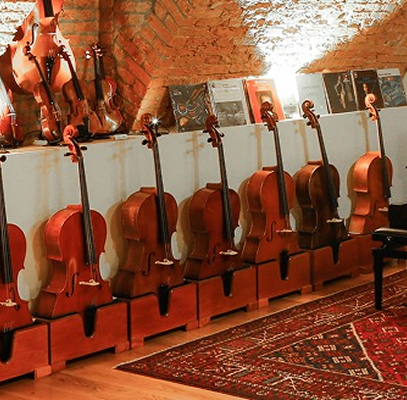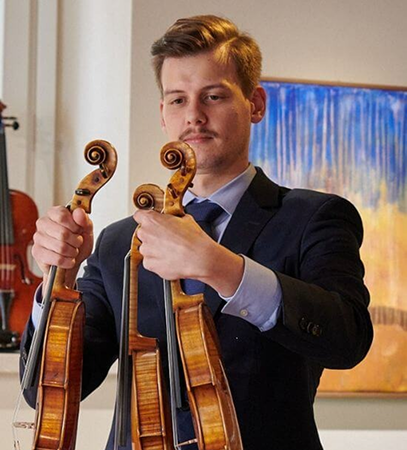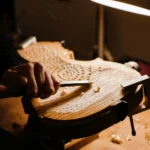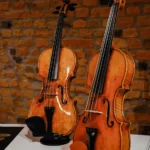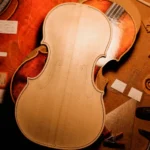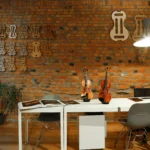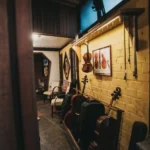Assessing Fine Instruments: The Amorim Lab
Back to BlogAssessing Fine Instruments
If you are looking for a fine instrument or you need to assess its conditions and origins, our the team of experts and The Amorim Lab will help you find it out.
The Amorim Lab embodies precision, artistry, and innovation to the service of fine instruments’ history. Through studies and research the Amorim experts are able to create a dossier with all the necessary information about the analyzed instrument.
Amorim Fine Violins has always been driven by a deep respect for the craftsmanship and legacy of fine antique instruments. These instruments are not just tools for music—they are historical masterpieces, each with a unique story to tell.
The Amorim Lab was born out of our commitment to preserving these stories while addressing the growing needs of musicians, collectors, and institutions who seek greater clarity and confidence in understanding the treasures they hold.
Technology to the service of fine instruments assessment
The Amorim Lab can count on cutting-edge diagnostic tools, to provide insights that were once beyond reach. Technological innovation together with traditional methods of evaluation enhance the opportunities to delve deeper in history and enable a new level of precision in assessment and preservation of fine instruments.
Let’s walk through the techniques used in the Amorim Lab and the impact they have:
UV FLOURESENCE
This tool allows to uncover hidden restorations, varnish layers, and surface repairs. By highlighting subtle differences in varnish composition and historical interventions, this method provides invaluable insight into an instrument’s authenticity and condition.
INRA RED (IR) SCANS
The IR scans go beneath the surface varnish, revealing the internal wood grain, tool marks, and construction details. This is critical for identifying maker-specific characteristics and verifying authenticity with precision.
INFRA RED REFLECTION IMAGING
It goes further, detecting concealed or layered elements within an instrument. This technique sheds light on hidden structural details or repairs that may otherwise go unnoticed.
X-RAY IMAGING
X-ray imaging provides a view of the instrument’s internal structure, revealing wood density, reinforcements, and even past repairs. This non-invasive approach ensures the integrity of these priceless works of art while capturing their internal secrets.
DENDROCHRONOLOGY
Perhaps one of the most fascinating methods, which by analyzing tree-ring patterns in the wood, enables to determine the age and origin of the materials used to create the instrument. This is a huge step to situate it within a historical and geographic context.
COMPARATIVE ANALYSIS
Comparing an instrument to known references of instruments from similar periods, makes it possible to examine design details, proportions, and craftsmanship, establishing its place in the broader cultural heritage of violin-making history.
Unveiling Secrets behind History
Not only do the experts from the Amorim Lab evaluate fine instruments; they also unveil their story, giving musicians, collectors, and institutions the tools to appreciate and preserve them for generations to come. This is more than a technical process—it’s a mission to uphold the integrity, history, and artistry of fine instruments, and it is essential to provide the most transparent information.

